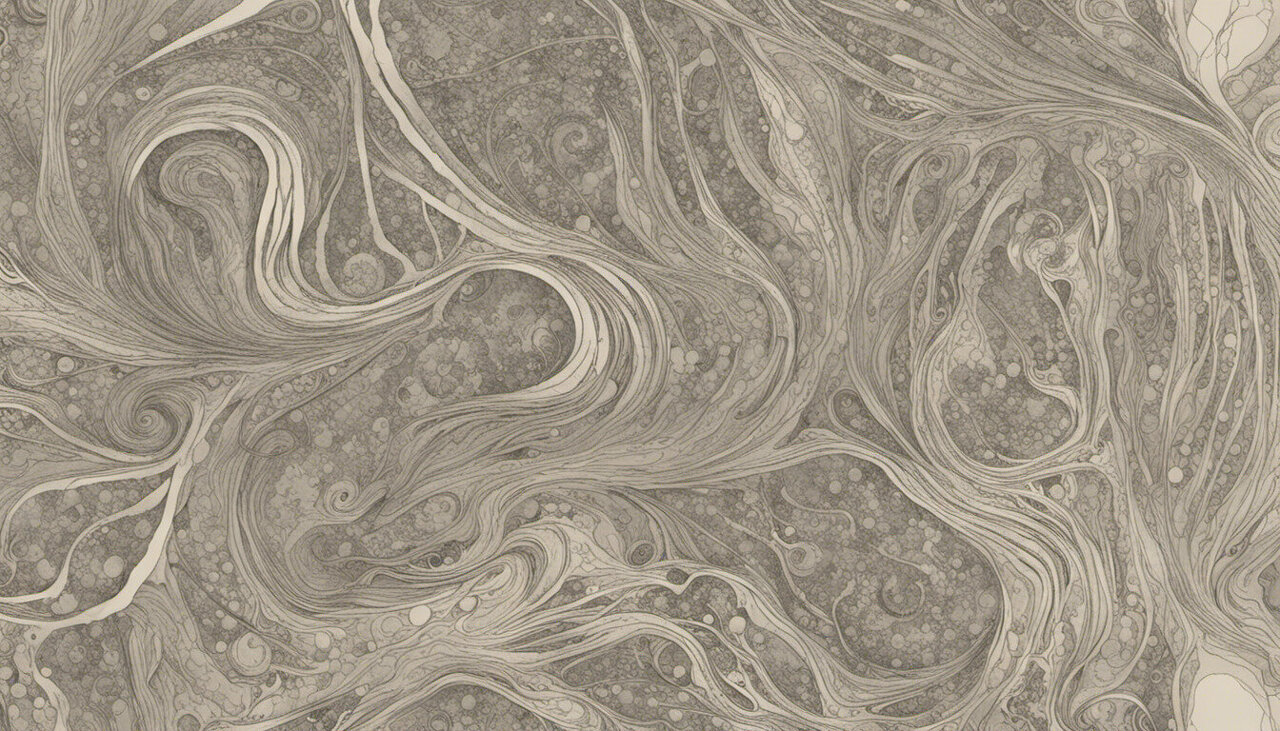
The DNA of the Tasmanian Devils was one of 13 marsupials that were tested for evidence of viral fossils. Credit: Shutterstock
The genomes of all mammals, including humans, contain fossils of ancient viruses. They have been long considered junk DNA. Are they really junk or serve a purpose?
UNSW Sydney researchers examined 13 Australian marsupial species' DNA and RNA to determine if viral fossils could be protecting them from infection.
These viral fragments were retained for a reason. We would expect all of the DNA to change over millions of years of evolution. However, these fossils have been preserved and kept intact," Emma Harding, a UNSW doctoral student and leading researcher, says.
"Our study reveals how viruses embedded in animals' DNA can be used to create non-codingRNAs. These RNAs carry out functions inside animal cells, such as protecting them from outside infection.
"The viral sequence that used to harm animal DNA has been taken by the animal's DNA and is now being used for its own good."
Ms. Harding's theory could have important implications for understanding the role of viral fossils within our DNA and in the animal kingdom. Viral fossils can be transformed into RNA that binds to the virus and destroys it if it attempts to infect another cell.
This could be similar to vaccination but it is passed down through the generations. The cell can be immunized against future infections by keeping a viral fossil.
"If it is found in marsupials it could also be present in humans."
"So, if we examine more closely the viral fossils within our DNA, then we could potentially find clues as to how they might be protecting us," Ms Harding states.
Evolutionary rewind
It's worth going back 100 million years in time to see how Ms. Harding came up with her conclusions. This was when Australia, along with South America and Africa, was part of the Gondwanaland supercontinent.
Scientists believe the first marsupials were born in South America, and then moved to Australia via Antarctica. Scientists believe that marsupials evolved further because there were no competing mammals in the southern regions. There are about 250 species living in Australia and 120 in South America.
Ms. Harding said that when we examine the genetic makeup Australian marsupials, we see that the presence of virus fossils (known as endogenous viruses elements (EVEs)), is like a time stamp marking when an animal has been infected.
"My research focuses on EVEs in Australian marsupials. It aims to identify the types of viruses that have integrated and then investigate if they play an active part in marsupial cells.
"One of the EVEs that I discovered was from the Bornaviridae virus family, which entered the DNA of animals during the time when the South American landmasses and the Australian landmasses were still connected.
"Bornaviridae virus were thought to have evolved 100million years ago. The one I found in nearly every marsupial DNA that we examined puts it at 160million years old. It was a great way to add to our understanding of evolutionary history.
"By understanding the evolution of viruses, we can predict what they will change in the future and devise strategies to stop them from spreading,"
The work
Researchers examined multiple transcriptomes (collections of all RNA from a cell of Tasmanian devils. The researchers also examined single transcriptomes from a Southern brown bandicoot and a striped possum.
To search through the transcriptomes for matchesfragments of old marsupial viruses and their genetic sequence, they used Ebola and Zika to identify modern viruses. It is possible to find viral fragments that have been'switched off' and transcribedmakingRNA in marsupials' cells by searching the transcriptome, rather than the genome.
"Transcription is evidence the EVEs in cells are active and possibly doing some functional thing," states Ms Harding.
Three of the more than 130 viral families known were seen repeatedly throughout the marsupial population.
Filoviridae, Bornaviridae, and Parvoviridae can be found in many eutherian mammals, such as humans. Ms. Harding noticed a distinct trend in marsupials, where different parts the viral genomes were preserved as fossils over time.
"It was fascinating to see that two viral proteinsthe nucleocapsid (which is the shell of the virus) and an enzyme necessary for replication were very common in marsupials.
"Our hypothesis states that these proteins are excellent targets for antiviral defense and therefore we have kept copies of them in the genome. These copies are able to block certain areas of the incoming virus genome, so that the virus can't make these proteins. The virus cannot reproduce without the proteins and the immune system is unable to clear it.
Protected species
Researchers also discovered evidence that small RNA molecules could target and destroy foreign viral RNA strands. This adds weight to the virus-fighting hypothesis.
"I discovered that some EVEs had been spliced from a genome to make siRNA and piRNAtwo types molecule that are used in immune system of plants, animals, including humans," Ms Harding said.
These RNA molecules may help protect future generations from viral infections. Marsupials are a different species than other mammals and have an insufficient immune system. These small molecules could help protect them as they grow.
This study was based upon the RNA sequence data from 35 samples taken from 13 marsupials. Ms. Harding hopes that future laboratory research will show their role in viral immunity. This could lead to the creation of novel antivirals for a wide range of viruses.
Recent research has been published in Virus Evolution. A review of the findings is available in Microbiology Australia.
Continue exploring Unexpected diversity of virus-derived sequences within the human genome
More information: Emma F Harding and colleagues, Ancient Viral Integrs in Marsupials - A Potential Antiviral Defense, Virus Evolution (2021). Emma F Harding and colleagues, Ancient Viral Integrations In Marsupials: A Possible Antiviral Defense, (2021). DOI: 10.1093/ve/veab076
